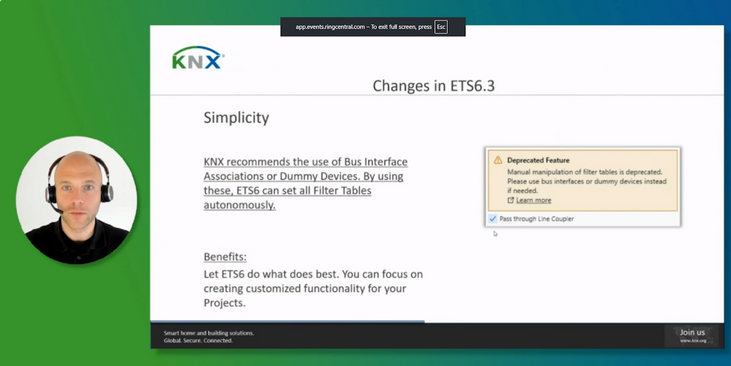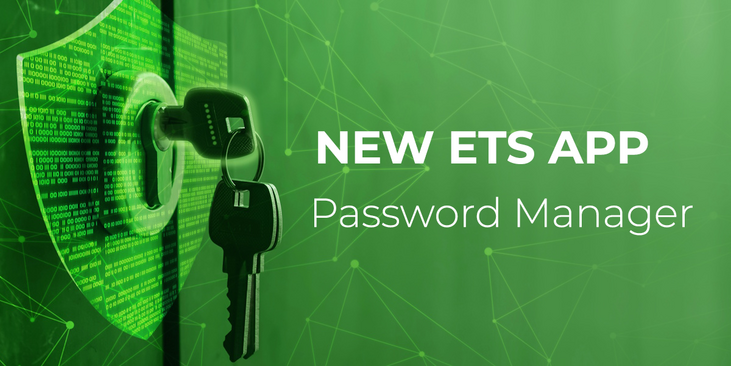15. Jul 2024
A central hub: The solution for a scattered smart home

Smart home technology promises convenience, energy efficiency, and enhanced security. However, as homeowners eagerly adopt various smart devices, they often encounter an unexpected challenge: managing a scattered smart home system. Multiple brands, protocols, and control interfaces can turn the dream of a seamless smart home into a fragmented reality. The solution to this common issue lies in integrating a central hub. This article explores the benefits of a centralized system, specifically through the KNX standard, and provides insights on transitioning to a cohesive smart home setup.
The problem with fragmented smart home systems
Multiple smart devices, multiple headaches
In a typical smart home, it’s not uncommon to find a diverse array of devices from different manufacturers. Each device often comes with its own app, creating a cluttered and confusing user experience. Homeowners might use one app to control their smart lights, another for the thermostat, and yet another for security cameras. This fragmentation leads to inefficiencies and increased frustration, as managing a home’s smart devices becomes a task of juggling multiple apps and interfaces.
Mayday, device communication is failing!
Another issue with a scattered smart home system is the lack of interoperability. Devices that do not communicate effectively with each other can result in a disjointed operation where actions are not synchronized. For example, a security system might fail to trigger lights when an alarm goes off, simply because the devices are not designed to work together. This lack of cohesion not only diminishes the smart home experience but can also pose security risks
What is a central hub in home automation?
Defining the central hub of a smart home
A central hub acts as the brain of a smart home, integrating various devices and protocols into a single, unified system. This hub allows homeowners to control all their smart devices through one interface, significantly simplifying management and enhancing the overall user experience. Instead of multiple apps, a central hub offers one app or control panel from which everything can be operated.
The role of KNX in smart home integration
KNX stands out as a robust and standardized solution for creating a centralized system for your smart home. It is an open standard that supports a wide range of devices and manufacturers, ensuring compatibility and flexibility. KNX is designed to provide seamless integration, enabling various smart home components to communicate efficiently and effectively.
Benefits of implementing a central hub
Unified control: Manage your smart home easily through one interface, using a smartphone app, wall-mounted touch panel, or voice commands, eliminating the need for multiple apps. Improved interoperability: Seamless communication between devices, allowing lighting, heating, ventilation, security, and entertainment systems to interact smoothly. Increased efficiency and reliability: Simplified troubleshooting and maintenance, reducing downtime and enhancing reliability, with systems like KNX providing robust and secure system stability.
Future-proofing your smart home
A central hub, especially one based on KNX, prepares your home for future technological advancements. As new devices and innovations emerge, they can be easily integrated into your existing system. This flexibility ensures your smart home remains relevant and capable of leveraging the latest technologies.
Long-term benefits like enhanced property value, improved energy efficiency, and a superior living experience are just a few advantages. Additionally, a well-integrated smart home can adapt to your changing needs, providing ongoing convenience and peace of mind.
Conclusion
The vision of a seamless, efficient, and integrated smart home is within reach through the implementation of a central hub. KNX offers an ideal solution, providing unified control, improved interoperability, and robust security. By transitioning to a KNX-based central hub, homeowners can overcome the challenges of a scattered smart home system and enjoy the full benefits of home automation.
Call to Action: Ready to transform your smart home with a KNX central hub? Visit KNX.org to learn more about our solutions and find certified professionals near you. Embrace the future of home automation today with KNX!
Highlights
-
 Press
PressETS6 Roadshow 2025 marks global success, showcases power of ETS6.3
ETS6 takes center stage during the month of May with 24 roadshow stops all over the world. -
 News
NewsThe KNX Journal 2025 is now available
The latest edition of our annual smart home and building solutions magazine has arrived. The KNX Journal 2025 offers ... -
 News
NewsNew ETS App: Password Manager
The ETS Password Manager is a powerful new ETS App introduced in ETS 6.3 that eliminates the need to repeatedly enter ...


